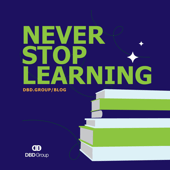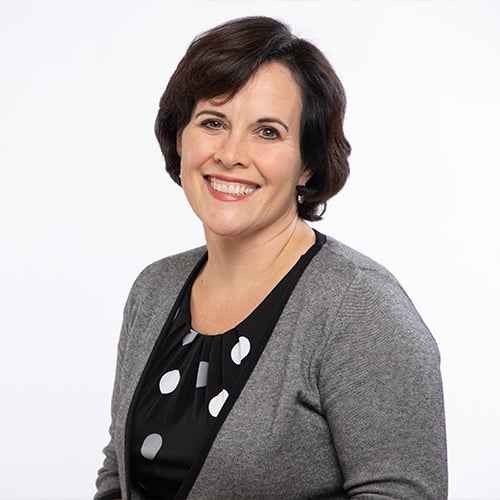
Committing to lifelong learning is an important strategy for every nonprofit organization and its staff. As the world changes there are new needs and new solutions to be discovered. This month we will share lessons and resources to keep us all on track.
Board Change Roadblocks
Board leaders tell us all the time that they want their board to be stronger fundraisers. They want to know how to enroll others in supporting an organization’s charitable mission even more powerfully.
But we know that they also don’t want to.
Ever have that feeling that you want to create some change, but at the same time, you or others around you don’t want to? Almost like there are competing forces to ensure you never reach your stated goal?
It’s almost as if you have one foot on the gas, but at the same time, you have the other foot on the brake.
Uncovering The Hurdles with an Immunity Map
Immunity to Change: How to Overcome It and Unlock the Potential in Yourself and Your Organization by Robert Kegan and Lisa Laskow Lahey is one of our favorite go-tos to explore these squirrely challenges. This classic can help you understand barriers and challenges like this, and why we bump up against them when trying to create change.
The book outlines a simple process to create an Immunity Map. This one-page “X-ray” can help you make the invisible forces behind what’s happening in your organization more visible. You ask the following questions:
- What is one big thing you want to improve? For example, you want 100% of your board giving at a level that is meaningful to them. Or you want more board members to be actively soliciting donations on behalf of your organization.
- What are the behaviors that support or work against this goal? You take some positive action toward this end—talking to board members, stressing the importance of them helping raise funds.
But what are some behaviors you may also do that actually go against what you are trying to create? Perhaps you pass out pledge cards at a meeting, saying, “It’s that time of year, so please complete your pledge by the end of the month.” This collective approach is not as effective toward something that requires individual cultivation. Or, you may avoid having a direct conversation with the 2-3 board members that haven’t given their gifts. - What are your worries? What would you put in the “worry box”? You may be worried that pushing board members too hard will send them over the edge and they may leave the board. Or you may be afraid of a key leader saying no.
- What are your hidden competing commitments because of those worries? The worries or fears create other competing commitments—things you are as committed to as you are to the big goal. You are probably committed to keeping most board members. You are probably committed to make board service as easy as possible. You may be afraid that challenging board members to give more is too much. These competing commitments save you from the worry dangers—but they protect you and your board from making the change they truly desire.
- What are the big assumptions you may hold that keeps this whole system in place? No one wants to ask for money. Fundraising is the staff’s job. This board is just not a fundraising board.
All of these elements work together in a graceful dance to keep things as they are—which is why we have an immunity to change. We say we want to change, but really we don’t. For lots of good reasons.
Unlocking The Immunity Map
How do we work on unlocking this immunity map, so change may occur?
- Identify who might help talk through and explore these questions about the big goal you are trying to get to.
- Identify the behaviors that work against your goals, so you can start to notice when you are working against yourself.
- Ask, “What assumptions do we hold around this goal? Are these assumptions really true?”
- Commit to working on this over time—and talk through what a strategy to do that might look like.
Contact DBD Group if you’d like to learn more about how you can help clarify goals and roles within your volunteer board. Not ready to reach out but want to know what's working now? Sign up to be alerted for our next Board Masterclass.

